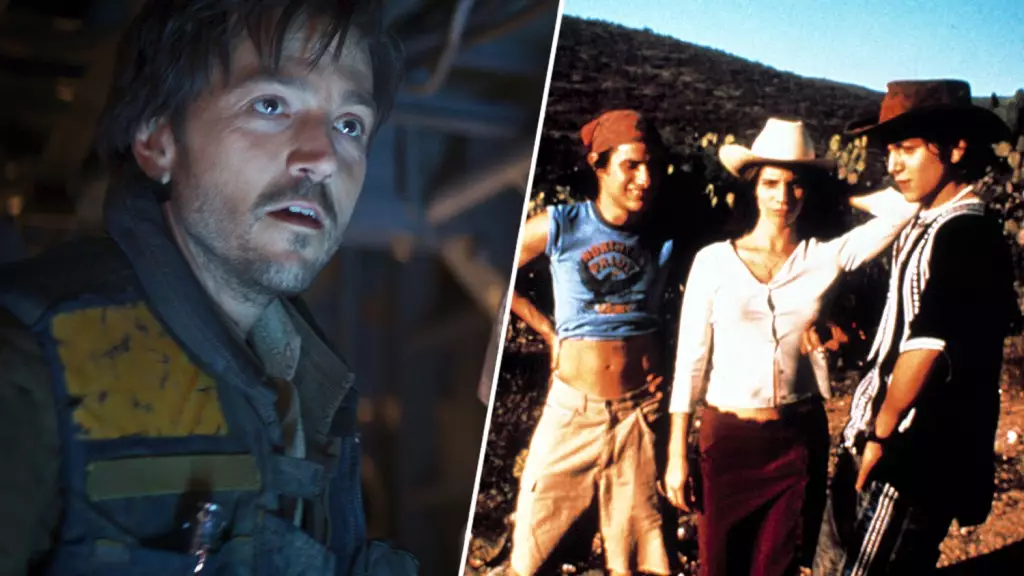Diego Luna’s connection to the Star Wars universe transcends a mere casting choice; it represents a deliberate shift in narrative approach within the beloved franchise. It’s fascinating to consider how Alfonso Cuarón’s work on “Y tu mamá también” has become an unexpected cornerstone for Luna’s portrayal of Cassian Andor in “Rogue One: A Star Wars Story.” This interweaving of cinematic visions showcases the evolving landscape of storytelling in blockbusters, especially within established realms like Star Wars.
Luna recalls Gareth Edwards, the director of “Rogue One,” presenting a pitch that resembled something far more intimate and grounded than audiences typically associate with the franchise. Edwards sought a raw, hyperrealistic narrative style—an approach that diverged from traditional Star Wars tropes and leaned heavily into human emotion and relationships. This pivot could potentially signal a broader trend, one that prioritizes authenticity and relatability over spectacle.
Redefining Star Wars Norms
The exploration of characters in a more naturalistic, documentary-like style may be a game-changer for the franchise that has traditionally operated within definitive storytelling norms. Luna’s own admission about his childhood fascination with the dark side adds an interesting layer to his portrayal of Andor. It poses the question: can a character’s complexity stem from their internal battles, unrelated to the larger galactic conflict? Luna’s reflections allow audiences to ponder the many shades of morality within a universe governed by light and dark, emphasizing that even the smallest figures can have grand stories.
This re-imagining exemplifies how Star Wars can benefit from a new lens, one inspired by independent cinema. Cuarón’s influence, highlighted through a blend of improvisation and character dynamics, is a testament to how filmmakers can push against genre boundaries. When Edwards articulates a vision closely aligned with Cuarón’s work, it becomes clear that one director’s artistry has the power to reshape another’s approach, even across genres and franchises.
The Art of Improvisation in Storytelling
What’s particularly compelling is the emphasis on improvisation—integrating actors into the fabric of their characters’ lives in a way that feels both spontaneous and sincere. Luna’s eagerness to adopt this approach demonstrates an evolving relationship between actors and their roles, especially in high-stakes settings like Star Wars. It begs the question of authenticity in blockbuster films that often rely on scripted dialogue and expansive visual effects.
By creating space for improvisation, filmmakers open pathways for genuine human expressions and relationships, allowing the audience to connect with characters on a deeper level. This method not only enriches character development but also enhances viewer engagement, transforming passive watchers into emotionally invested audience members. It’s an audacious move, one that shuns formulaic storytelling in favor of a more nuanced exploration of human experience.
Luna’s return to the role of Cassian Andor in the upcoming season of the Disney+ series marks not just the revival of a beloved character but also the reaffirmation of a visionary storytelling approach. Tapping into the essence of what made “Y tu mamá también” resonate—genuine relationship dynamics framed within the larger context of adventure—could very well shape the future of Star Wars storytelling for years to come.
